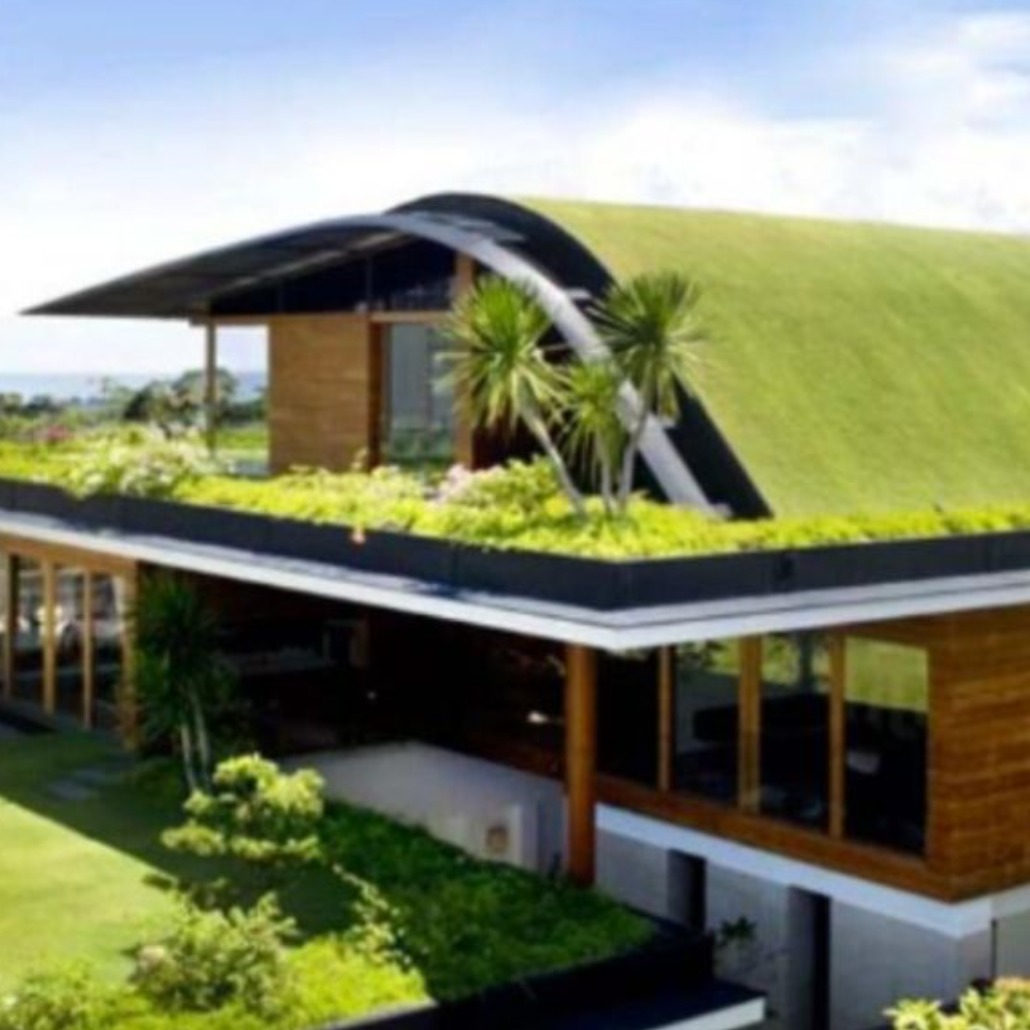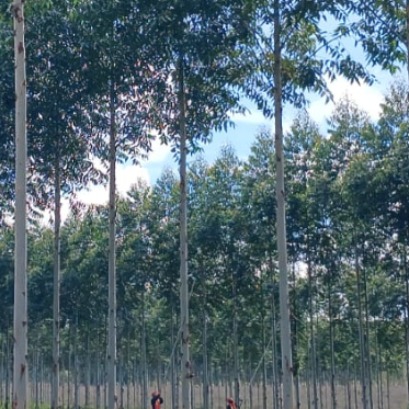
Green Green Roofs: What are their benefits on?
Sustainable green architecture has gained popularity, especially in urban environments affected by the concentration of buildings and traffic, an increasingly common problem in urbanized areas. Sustainable green roofs are an outstanding option in the design of buildings in urban areas, offering a series of significant benefits. Among the most remarkable, it is possible to mention the improvement of urban health, allow the restoration of ecological balance, increasing the efficiency of buildings and, ultimately, increasing the sustainable tendency of technologies
The importance of green ceilings for architecture support them green ceilings, also known as live roofs, are surfaces in which plants are grown, forming a plant layer. This architectural solution not only improves the aesthetics of buildings, but also provides various environmental and functional benefits, such as the absorption of rainwater and the reduction of thermal radiation. It is necessary to know the differences of the different types of terraces and ceilings Greens on different surfaces: green terraces in buildings The implementation of green terraces in buildings is a practice that goes beyond aesthetics, contributing to the thermal performance of the building by providing thermal mass, insulation and shadow. This approach not only optimizes the inner comfort, but also reduces the ecological footprint of the building. Green spears on green roofs on sheet They represent a specific application of this technology. When integrating vegetation into metal structures, a balance between roof functionality and environmental benefits, such as the improvement of air quality and the reduction of the urban heat island, are achieved. Benefits of the green ceilings. On the individual as in the collective and for the community, as well as its environment. Among its main benefits, it is necessary to mention: ? Reduce air conditioning and heating costs, since they cause better insulation, contributing to the air conditioning of the building ? They can be used to grow fruits and vegetables ? They serve as a water management tool storm and reduce the risk of floods, since they retain up to 65% of rainwater ? Reduce the ?heat island? effect and are able to cool cities during the summer ? They reduce pollution and improve air quality, since greenhouse gas emissions decrease ? They grant a habitat for wildlife. An intensive, can reduce it to 46-50 decibels ? They provide aesthetics and positively influence peoples mood. Green ceilings are an increasingly common practice in Argentina. These systems not only add a unique aesthetic touch to buildings, but also provide environmental benefits and energy efficiency. Various companies specialize in the implementation and design of green roofs in the country. 3 layers: 1. Isolation2. Vegetation3. Irrigation2- Waterproof membrane Most roofs have a waterproof membrane. However, green roofs require an additional layer that also resists the roots of the plants. The possible leaf that covers the entire surface and the covers for ponds of 1 millimeter thickness of the gardens stores with gardens with Ideal. The conventional sealant will serve to fix them to the roof. The drainage is fundamental and the roof should not saturate so as not to obstruct the drainage outlets.4- Subtratola depth of the substrate determines the vegetation that will grow in it. Most green roofs have a depth of 7 to 20 centimeters. The substrate needs to be light and the appropriate composition based on the desired vegetation. We advise you to avoid using the common garden land Choose. We recommend you opt for an extensive roof, since it requires little maintenance. You should only check the previous points once or twice a year.
IT MAY INTEREST YOU
 Paraguay | The plantations became instruments of territorial development and the generation of decent employment, INFONA highlights.
Paraguay | The plantations became instruments of territorial development and the generation of decent employment, INFONA highlights.
Plantings in different phases, control of ants and weeds, pruning and thinning, mechanized harvest, technology applied to the field and complete integration of the production cycle were part of the CREA Forestal proposal in its Technical Update Conference – JAT Forestal 2025. The event took place on Friday, November 14, at Estancia Ñemity, located in San Juan Nepomuceno, Caazapá, where agricultural producers, technicians, contractors, students and companies in the sector met to observe the forestry business of the future in action.
 Experts cant believe it, but this tree is the oldest in the world and continues to bear fruit: it is 4,000 years old.
Experts cant believe it, but this tree is the oldest in the world and continues to bear fruit: it is 4,000 years old.
Nature keeps secrets that defy the passage of time, and one of the most surprising examples is a tree that, approximately 4,000 years old, continues to bear fruit today. This specimen has become a symbol of resistance and longevity, capable of surviving climate changes, landscape transformations and human activity itself.
 Missions | New illegal felling in the Piñalito Provincial Park in San Pedro reveals the silent expansion of deforestation in protected areas
Missions | New illegal felling in the Piñalito Provincial Park in San Pedro reveals the silent expansion of deforestation in protected areas
The advance of deforestation on protected areas was once again evident this week in the Piñalito Sur Provincial Park, in San Pedro, where the Ministry of Ecology and Renewable Natural Resources confirmed a new case of selective illegal logging. The event occurs in a context of growing concern about the fragility of the environmental control system in rural and border areas, where the scarcity of resources, personnel and logistics limits the capacity of surveillance against criminal organizations organized to steal native woods and market them on the black market in connivance with sawmill owners.





















